Kabocha is often regarded as the most flavorful winter squash. It's great for roasting, steaming, adding to soups, or used for tempura in Japanese recipes.
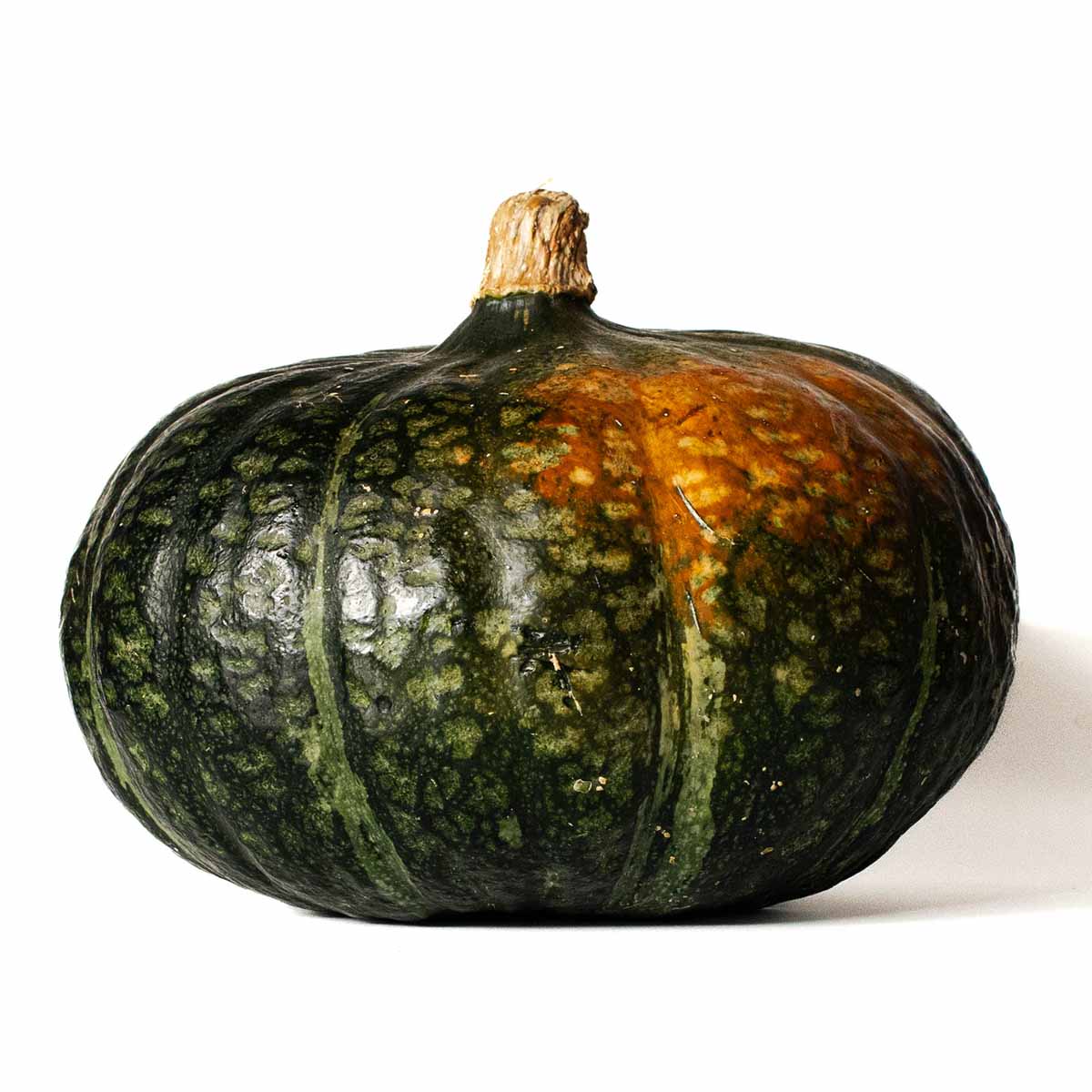
All kabocha squash are short and squat with flat tops and bottoms. The most common varieties are dark green on the outside, but some varieties have orange-red skin (like sunshine kabocha). Both types have a bright yellow-orange flesh with a good, dry texture and sweet, rich flavor.
Kabocha squash season
Like most other winter squash, kabocha are in season starting around September and usually available through at least December. They store exceptionally well, anywhere from 1-3 months at home, or up to 6 months with ideal storage conditions.
It's worth pointing out that kabocha squash flavor noticeably improves with at least several weeks of storage. After harvest, starch in the flesh slowly converts to sugar, making it sweeter and more flavorful.
When purchased from the grocery store, it's impossible to know how recently it was harvested and how long it's been in storage. This is one of the few times you actually don't want to eat a freshly harvested fruit or vegetable! I buy kabocha squash and let them sit in my pantry or basement for at least a few weeks before using it.
If you don't see them at your farmers market or grocery store, stop by an Asian market if there's one near you. It might be labeled as a Japanese pumpkin, but it is the same thing.
Storage
Store kabocha like other winter squash, in a cool dark place with good air flow. They should never be refrigerated, as that shortens their shelf life. Oregon State explains that winter squash and pumpkins "deteriorate rapidly if stored at temperatures below 50°F."
Selection
Choose kabocha squash that are heavy for their size, an indication they haven't started drying out. They average 2-3 pounds each.
The stem is usually pretty short, but it should still be attached if you want to store them at home. If the stem is removed, it can lose moisture and decay faster, shortening the shelf life.
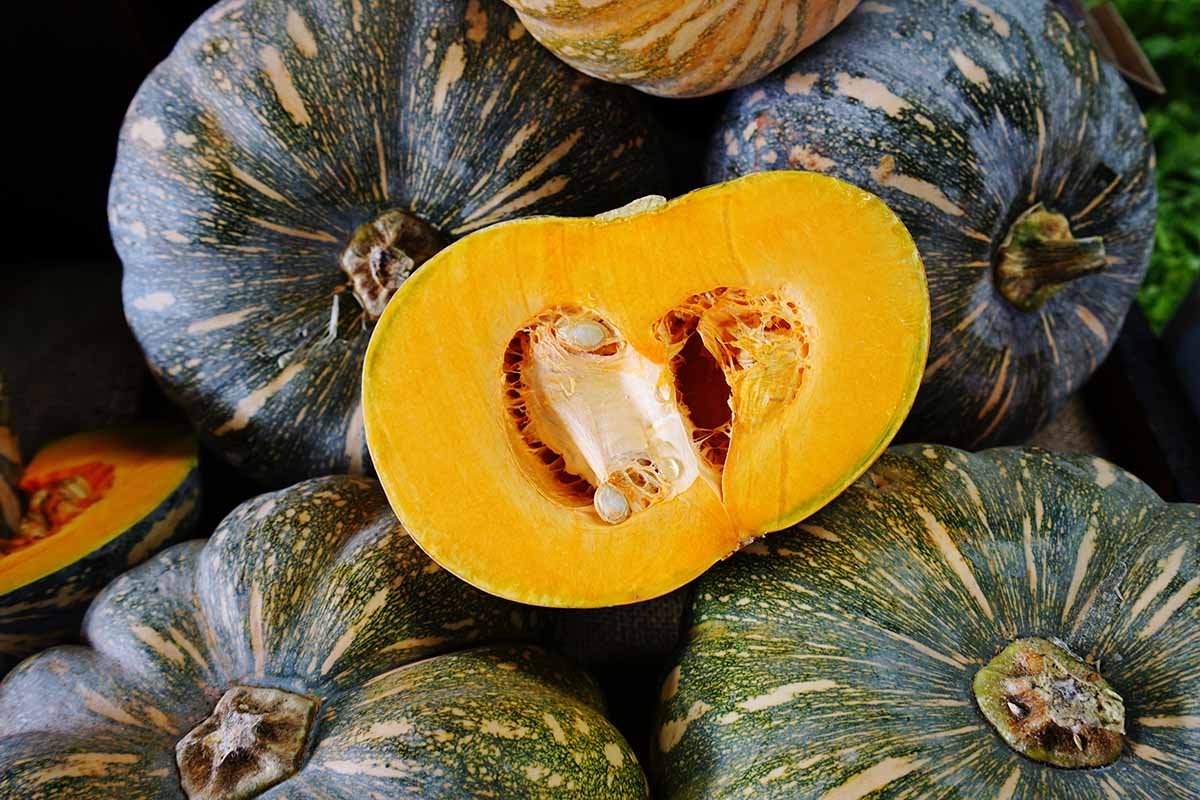
Flavor
Kabocha squash are often regarded as some of the best tasting winter squash. It's one of the sweetest varieties and the flavor is a little bit like pumpkin mixed with sweet potato. They also have slight nutty undertones, often compared to chestnuts.
The flesh is relatively dry for a winter squash, allowing it to bake up fluffier than other options. Think along the lines of the difference between a russet potato (dry & fluffy) and a red potato (firm & creamy).
The dry texture actually makes kabocha the squash perfect for use with oil and fat. With less water content, the flesh more easily absorbs the flavor of butter or olive oil. This is also why roasting delicata squash with butter is so delicious. It also means kabocha works better for deep frying, like tempura.
How to use kabocha squash
Like other winter squash varieties, kabocha are delicious when roasted. Their dryer flesh soaks up the flavors of butter and flavored oils better than most winter squash, so take advantage of that.
Dryer flesh also means you should use oil generously when roasting to avoid drying out. When roasted well, kabocha are incredibly flavorful with a smooth, yet fluffy texture.
Pies
Kabocha squash flesh also turns into a smooth puree, perfect for adding to quickbread, muffins, and pie. In fact, it is one of the go-to winter squash for making 'pumpkin' pie from scratch.
Fedco seeds, a seed retailer in Maine, did a pumpkin pie bake off to rate pumpkin pies made from different varieties of winter squash. They named the red-orange skinned Sunshine Kabocha as the clear winner.
Taste Cooking shares a kabocha squash pie recipe (to replace pumpkin pie). It uses the fresh flesh and balances out the sugars and spices specifically for this particular squash.
Meanwhile, Love & Olive Oil tested 4 different squashes for pie (Kabocha, Banana squash, Fairytale, and Honeynut). She used Bravetart's pie recipe and said the kabocha pie turned out dry. Her favorites were made with Banana and Honeynut squash. Be ready to experiment with different recipes - it's worth it!
Edible skin
The skin is also edible. Technically the skin of all varieties of winter squash is edible, but it doesn't mean it's always pleasant to eat. Kabocha squash skin is commonly left on and eaten after roasting or making tempura.
I didn't document the process myself (I hope to soon!), but Love & lemons published a great article about roasted, skin-on kabocha squash (that she ate at Thanksgiving).
Japanese cuisine
Kabocha squash are a staple in Japanese cuisine. It's commonly used in tempura and Kabocha no nimono (simmered squash). Japanese Taste shares several recipes that are worth trying out.
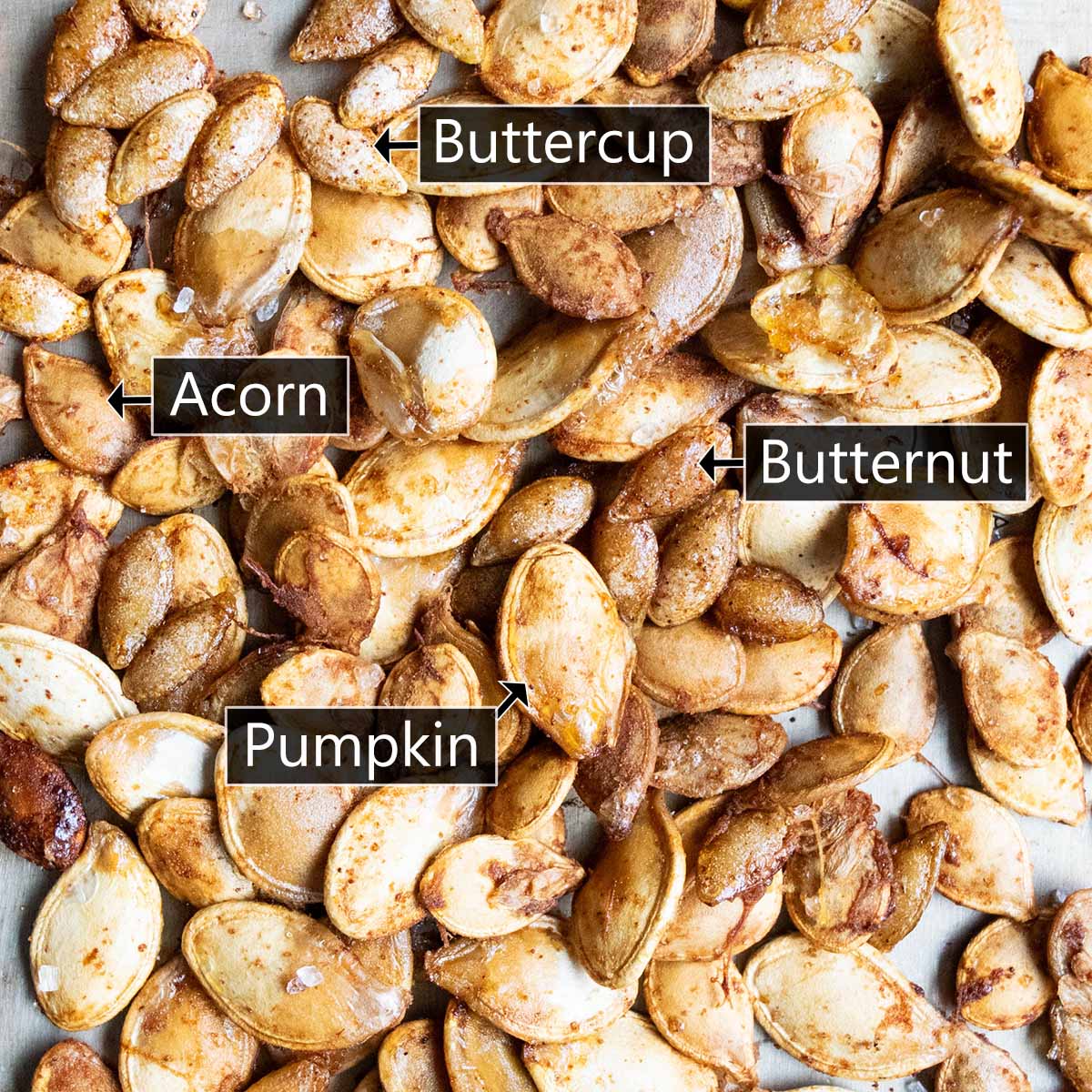
Seeds
The seeds in Kabocha squash are edible, just like pumpkin seeds and other winter squashes. In fact, kabocha seeds are larger and a little thicker than seeds from carving pumpkins (whereas most other winter squash seeds are smaller).
For a super fast snack, separate the seeds from the flesh - no need to rinse. Then toss the seeds in oil & spices, and roast at 375°F for about 10 minutes (until they are crisp). Or follow my low & slow method for roasting any type of winter squash seeds to make them extra crispy and never burnt.
Roasted kabocha squash seeds make a great snack or a crunchy salad topping.
More seasonal guides
There are so many different winter squash to try during the fall and winter season. Roasted delicata squash takes very little effort, and you can leave the skin on. Honeynut make the cutest single-serving side dishes. And I roast the seeds from every single squash I cut open, often while I finish cooking the dinner I am making with the squash itself.
The winter squash guides below offer advice while they are in season, from selection and storage to tips for working with them. If you're looking to grow some in your garden this year, I share my favorite (and cheapest!) seed sources.

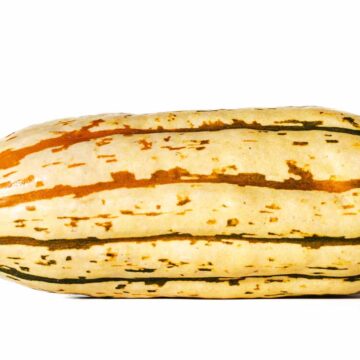
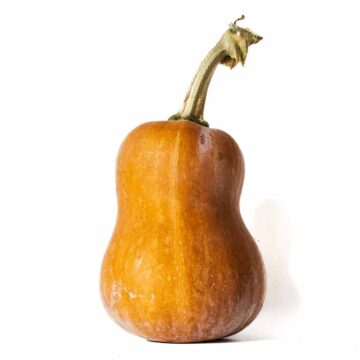

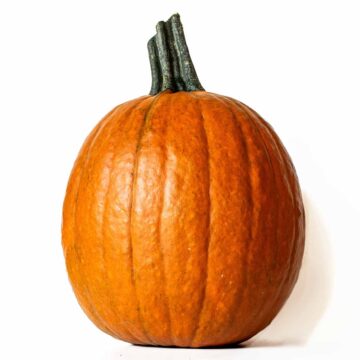
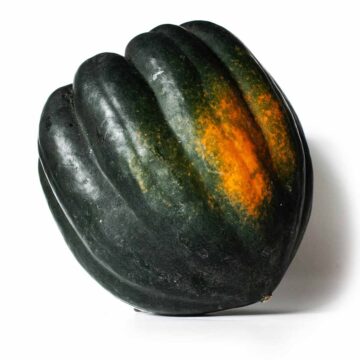
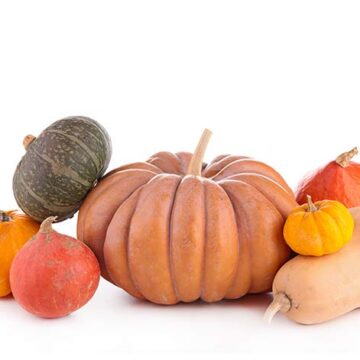

Leave a Reply